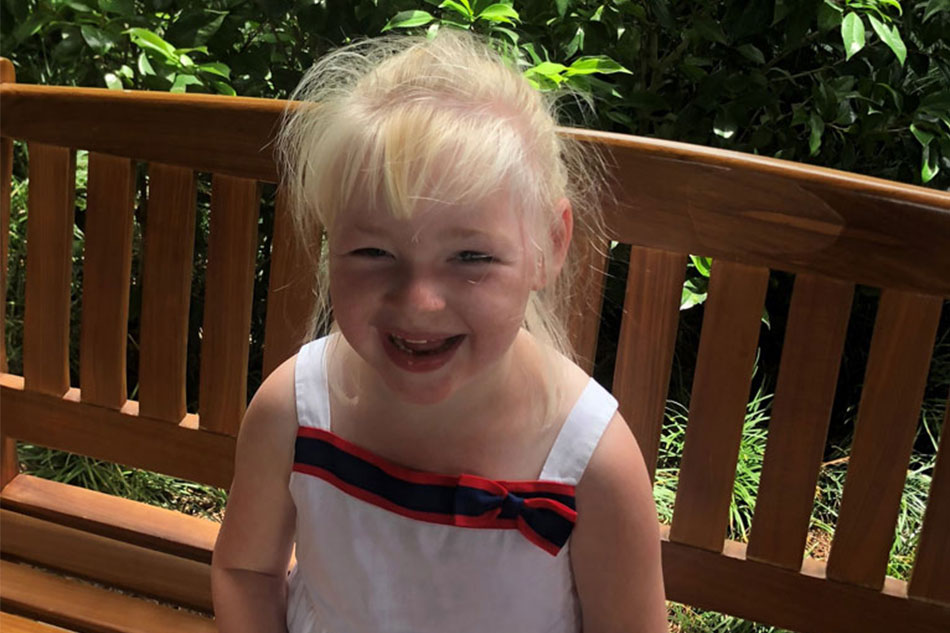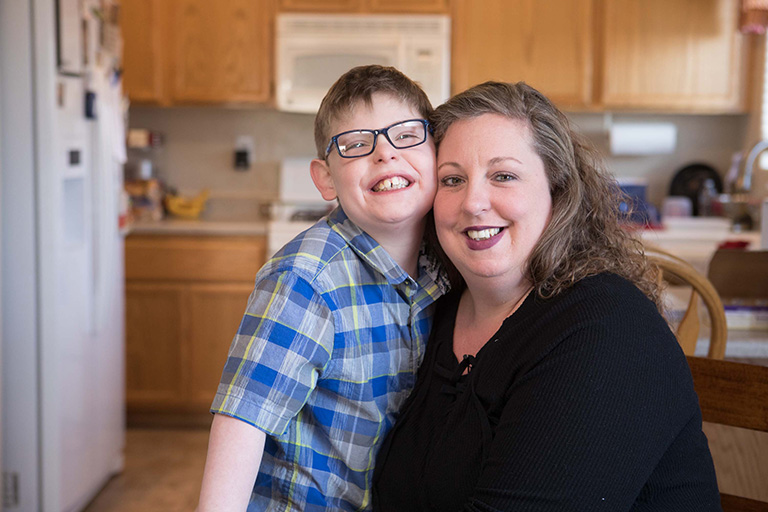You are not alone. Connect with others on the medical ketogenic diet.
Finding Inspiration in Others’ Stories
Transitioning to a medical ketogenic diet can be difficult, hard, and even a little scary. Hearing from others who have gone through a similar experience may provide some comfort and ease.
These stories are from parents of children and adults with epilepsy, who have seen their quality of life and seizures improve since starting the medical ketogenic diet.
“Don’t let anyone tell you the ketogenic diet for epilepsy is too hard.”
-Hailey
My sweet Coco just celebrated her 7th birthday! Coco loves being outdoors, swinging and listening to Taylor Swift...
This is our son Nathan. He's almost 6 years old. He is a Lego master. In March 2008, that was when his...
A few years ago, we spoke with Karen, Logan’s mom, as she described her journey to find seizure control...
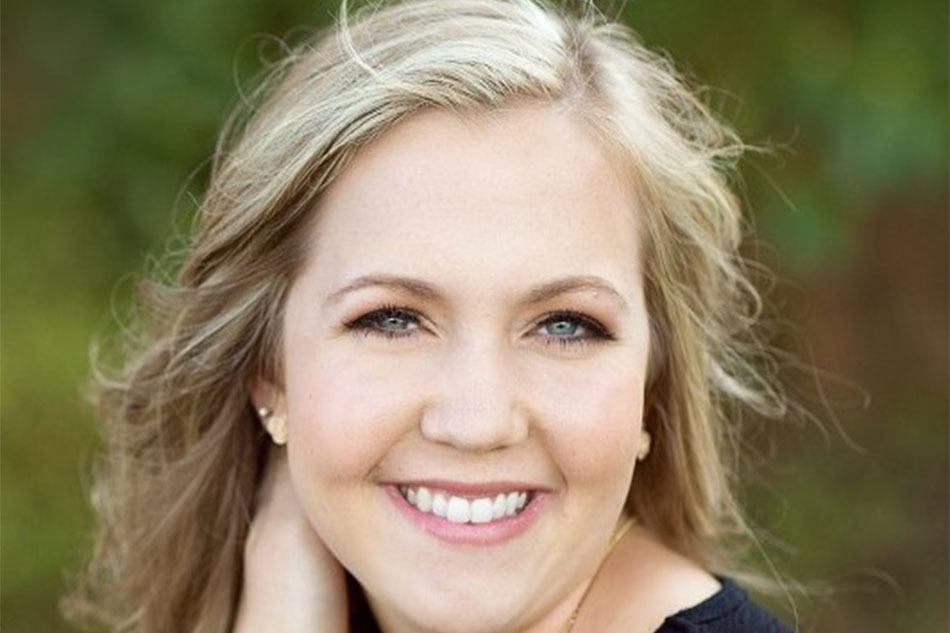
My name is Corinne and I am currently working full time at a primary care doctors' office in northern Virginia...

Ella is 9 years old. She has an orange belt in tae kwon do and is very excited to be going to a new school for...

My name is Hailey, a twenty-four-year-old college student happily living on the coast with my adventurous...

Hi, my name’s Maya, and I’m currently a full-time research technologist at the Johns Hopkins...
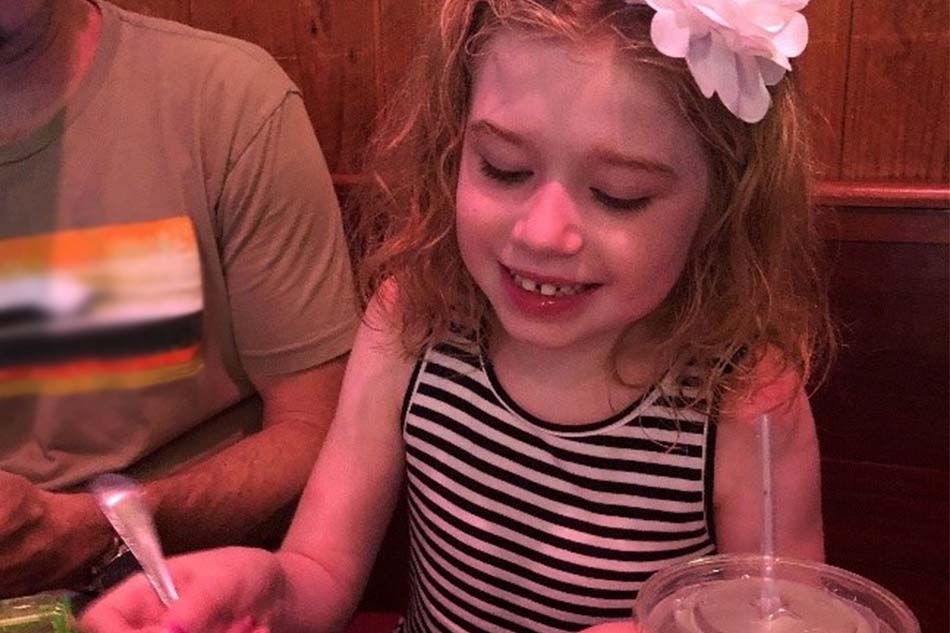
It is a day I won't soon forget. Reagan and I took a girls road trip to Connecticut for my cousin’s...

My twin 18-month-old boys, Silas & Kane, just love music and new experiences. We just celebrated our...

At 4 ½ years old, Tomas loves everything baseball, outdoors and his family. He says he’s going to...
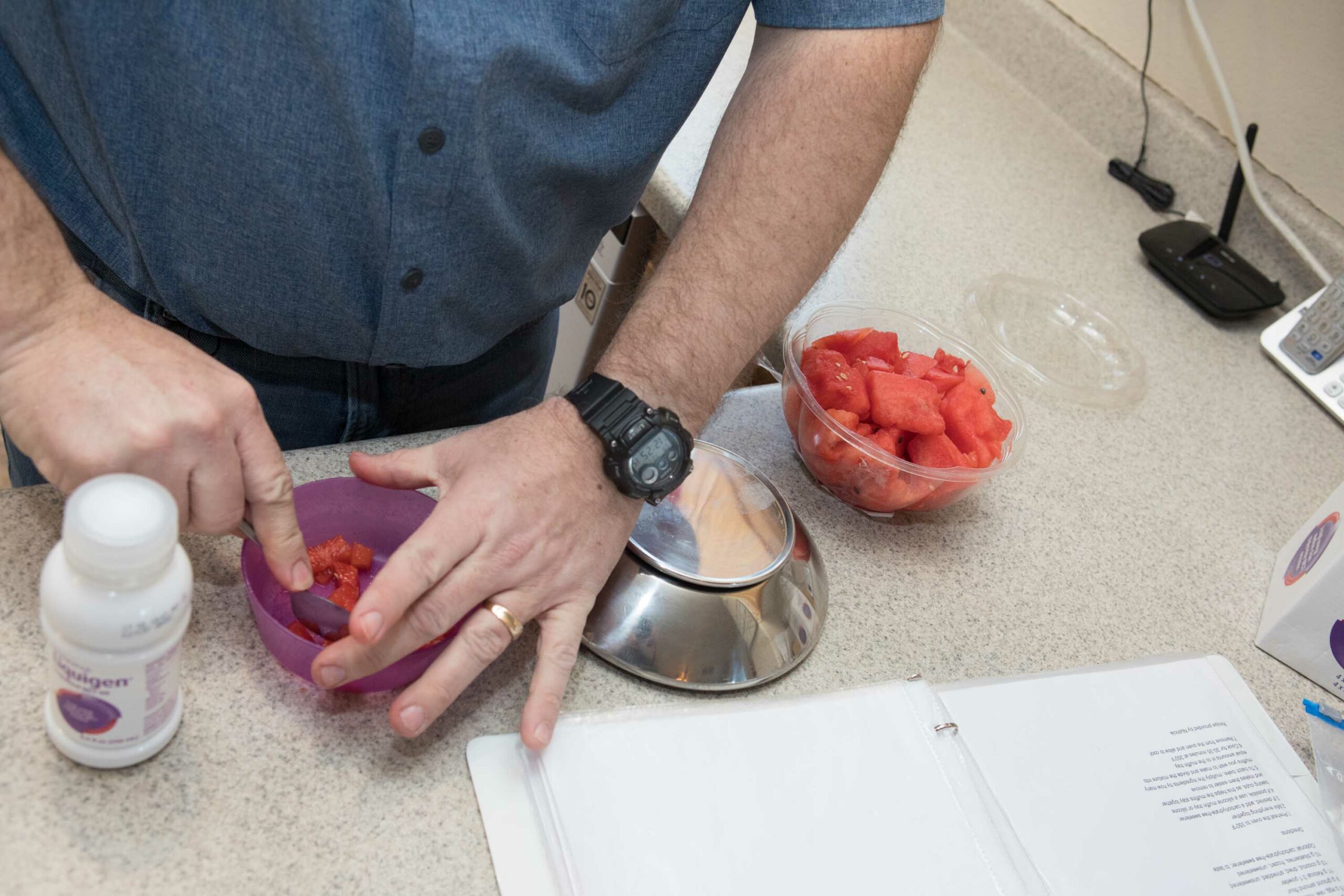
Tips for Getting Started
Ask your doctor if a medical ketogenic diet is right for you or your loved one. Find a ketogenic diet overview and guiding questions on starting a conversation with your doctor.
